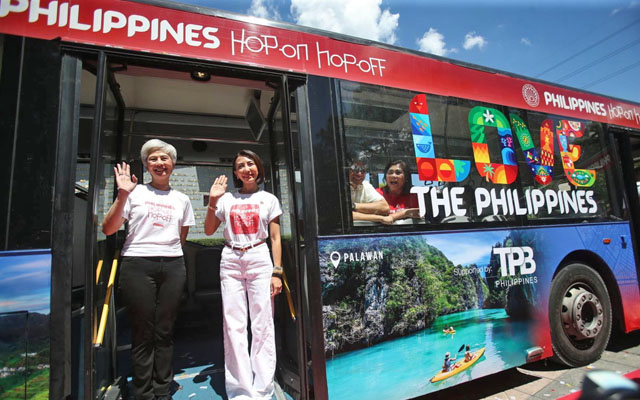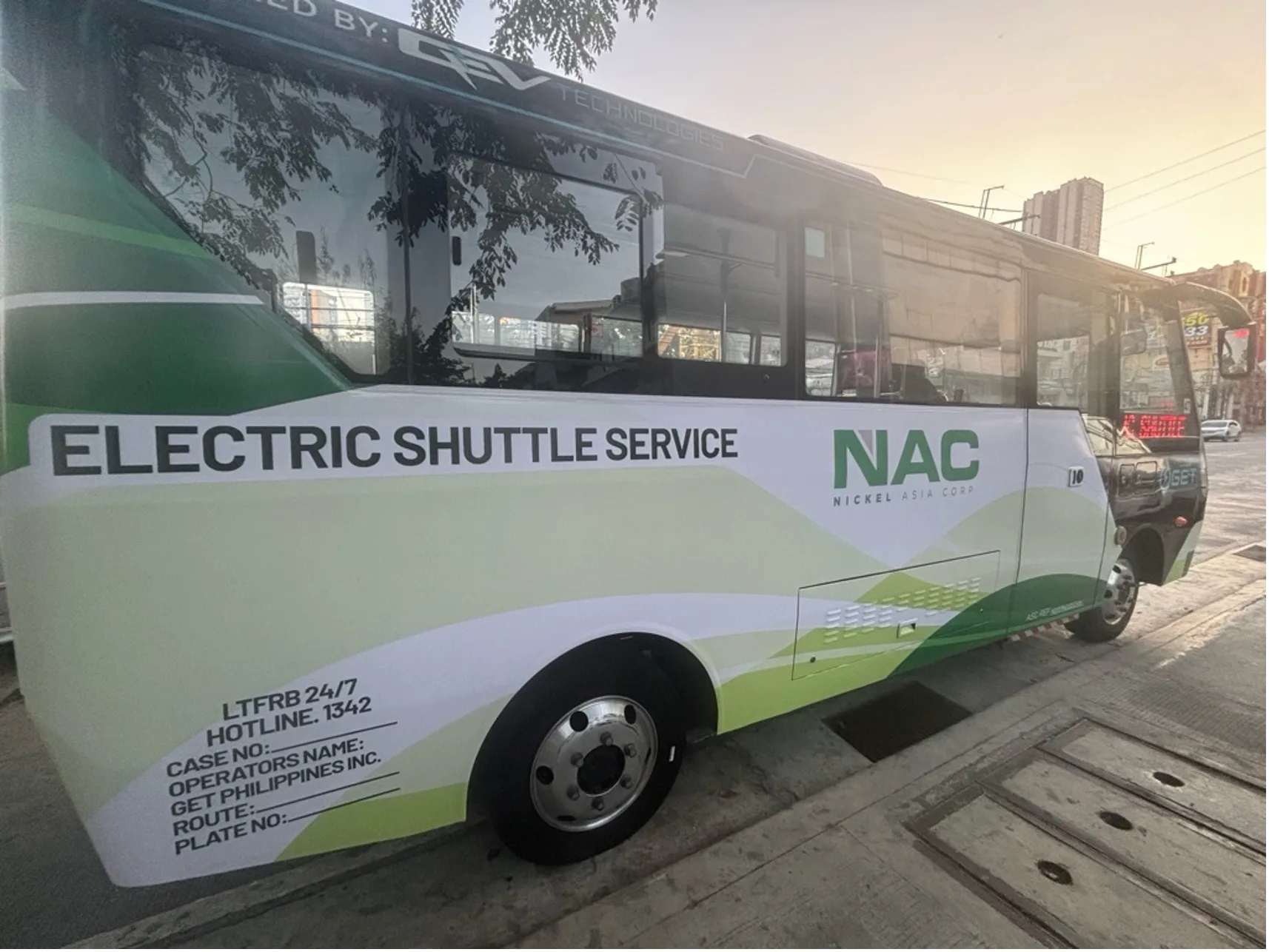How Transportation Advertising Can Transform Public Transportation Spaces Into Dynamic Marketing Platforms
Transportation advertising and marketing holds substantial possibility to redefine public transport rooms into dynamic advertising and marketing platforms that engage and notify. As we explore the complex advantages and progressing approaches of transportation advertising and marketing, it increases the concern of how this change could redefine our interactions with both brand names and the metropolitan atmosphere.
Benefits of Transit Advertising

Furthermore, transit advertising and marketing is highly cost-efficient contrasted to standard media. It permits marketers to accomplish high impacts at lower prices, maximizing return on financial investment. The captive audience of travelers offers a possibility for brands to communicate their messages to people who are usually receptive throughout their traveling times.
Furthermore, the dynamic nature of transit advertising and marketing enables projects to be updated often, making certain that messaging remains pertinent and prompt. This versatility can be vital in reacting to market patterns or advertising events, maintaining the brand name top-of-mind for customers. Lastly, the pervasive existence of transportation advertising adds to brand recall; repeated direct exposure within acquainted traveling contexts reinforces brand understanding and promotes customer commitment, inevitably improving and driving sales brand name online reputation.
Sorts Of Transportation Advertising And Marketing
Public transport systems provide various formats for advertising, each catering to different advertising methods and target market interaction approaches. One noticeable kind is exterior bus and train covers, which cover the entire automobile and develop a mobile signboard impact, permitting for high presence in metropolitan atmospheres. These covers can record focus as they go across active roads, reaching a diverse audience.
An additional preferred style is interior advertising, which consists of posters, digital screens, and advertisements on transit seats. These placements engage guests throughout their journey, enhancing brand name messaging in a confined room. Digital shows, in particular, offer the benefit of vibrant web content, allowing advertisers to upgrade messages in real-time.
Station advertising and marketing is likewise significant, including posters, banners, and interactive kiosks within transit terminals. These ads take advantage of foot website traffic and can target details demographics based upon location.
Last but not least, marketing partnerships with transit authorities can cause distinct projects, such as themed transportation experiences or events, improving the overall interaction with travelers. Each kind of transportation advertising supplies distinctive benefits, permitting brands to tailor their strategy to successfully reach their target market within the public transport ecosystem.
Engaging Travelers Effectively
Commuters are significantly inundated with marketing messages throughout their daily journeys, making it crucial for brands to engage them in cutting-edge means. To catch attention in this congested room, advertisers should focus on creative thinking and relevance. Using eye-catching visuals and concise messaging can dramatically enhance the likelihood of engagement.
Interactive aspects, such as QR codes or increased truth functions, can read review likewise change fixed advertisements into immersive experiences, fostering a deeper link with the target market. Brands need to focus on dealing with commuters' needs and interests, customizing messages to reverberate with their way of life, whether through promotions for regional services or solutions made to boost their travelling experience.
In addition, timing plays an essential role; strategically placing ads throughout optimal travelling hours can optimize presence and effect. Engaging commuters efficiently also involves leveraging social media assimilation, permitting guests to share their experiences or promos directly from transit systems, consequently enhancing brand reach.
In essence, effective involvement pivots on recognizing the traveler trip and developing compelling, interactive, and appropriate advertising experiences that not just catch interest but additionally drive action and loyalty. By doing so, brand names can change public transport into a dynamic advertising system that reverberates with its target market.

Measuring Advertising Effect
Exactly how can brands properly examine the efficiency of their marketing campaign en route environments? Gauging the impact of transportation marketing requires a complex method that incorporates quantitative and qualitative metrics. One common technique is tracking involvement through mobile analytics, where brands can assess foot web traffic patterns and application interactions before, throughout, and after campaigns.
Studies can give useful insights right into brand name recall and consumer belief, allowing brand names to assess just how well their messages resonate with travelers. Additionally, keeping an eye on social networks interaction associated to specific campaigns can reveal changes in public perception and brand name discussion.

In addition, teaming up with transit agencies can enhance measurement accuracy, as they commonly have thorough group information on ridership fads. By integrating these methodologies, brands can establish an extensive understanding of their marketing efficiency, making sure that their projects not just reach however likewise affect their target audiences efficiently.
Future Patterns en route Marketing
A substantial change is expected in transportation marketing as technological improvements and changing consumer behaviors improve the landscape. Transit Advertising Philippines. The integration of interactive media and electronic screens is expected to enhance involvement, enabling brands to deliver vibrant material that resonates with varied target markets. As mass transit systems embrace clever modern technology, marketers will leverage real-time information analytics to tailor messages based upon traveler demographics and behaviors
Moreover, boosted truth (AR) is poised to revolutionize the means commuters interact with promotions. By supplying immersive experiences, AR can transform a mundane trip into an interesting narrative that records interest and fosters brand name loyalty. This innovation will likely urge advertisers to create even more experiential projects that drive consumer interaction.
Sustainability is another crucial fad influencing transportation marketing. As ecological consciousness expands, brands will progressively look for to straighten with eco-friendly methods, utilizing sustainable products and promoting eco-friendly campaigns within their campaigns.
Final Thought
In conclusion, transit advertising and marketing offers considerable benefits by enhancing brand exposure and involving a restricted audience. With numerous formats, such as exterior wraps and electronic screens, it transforms mass transit right into a vibrant marketing system. Effective interaction approaches and robust measurement methods better amplify its effect. As patterns advance, the potential for ingenious interactions in between brand names and travelers is poised to expand, making certain that transportation important source advertising remains an important element of contemporary advertising approaches.
Transit advertising holds substantial possibility to redefine public transportation spaces into vibrant advertising platforms that educate and engage. The pervasive visibility of transportation marketing contributes to brand name recall; duplicated exposure within acquainted traveling contexts reinforces brand name understanding and cultivates consumer commitment, eventually boosting and driving sales brand name reputation.
How can brands properly examine the effectiveness of their advertising and marketing projects in transportation atmospheres?In conclusion, transportation advertising supplies considerable advantages by improving brand exposure and engaging a restricted audience. Transit Advertising Philippines. As patterns develop, the possibility for ingenious communications between travelers and brands is poised to grow, making sure that transit advertising stays a crucial component of contemporary marketing techniques